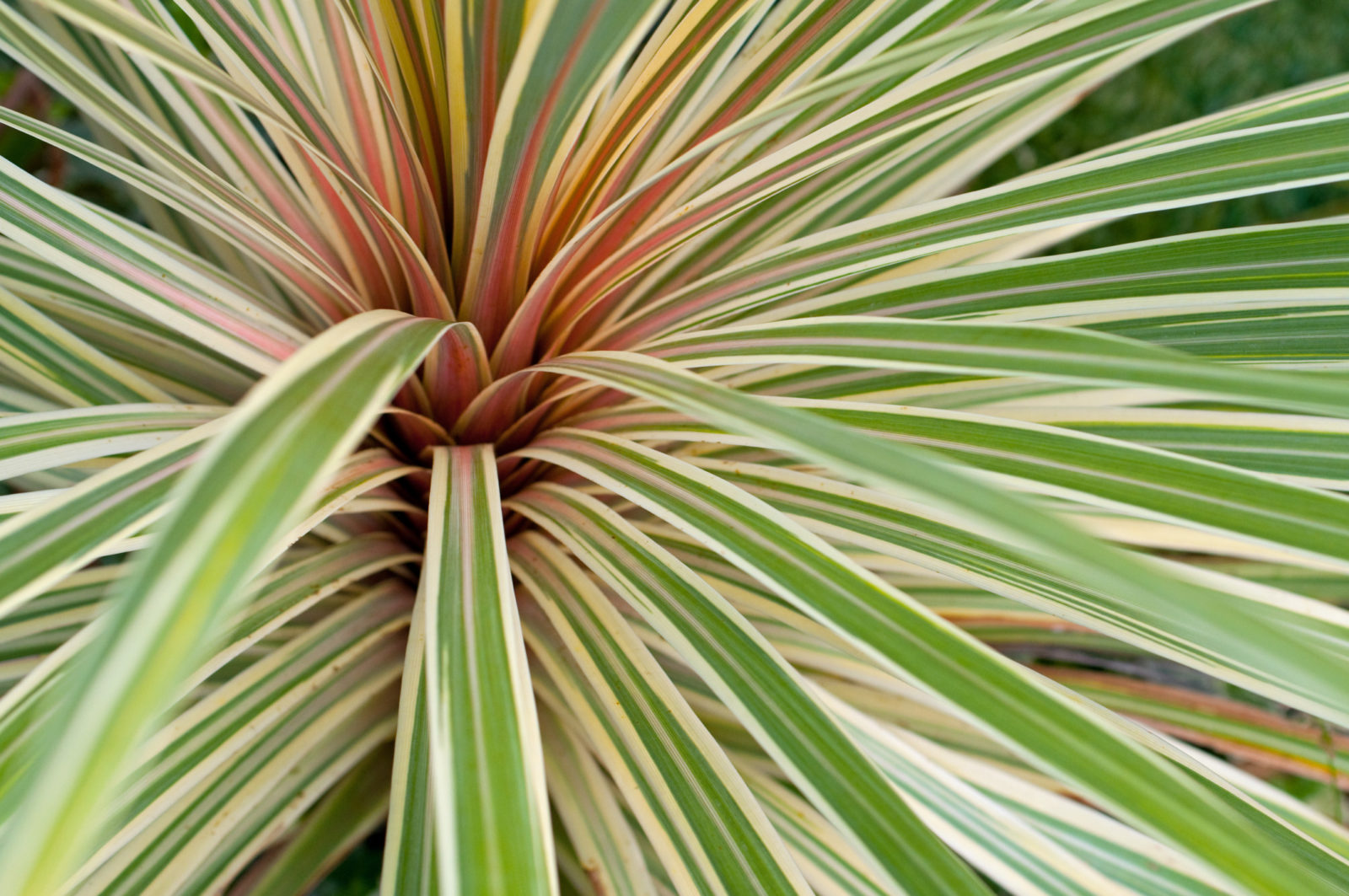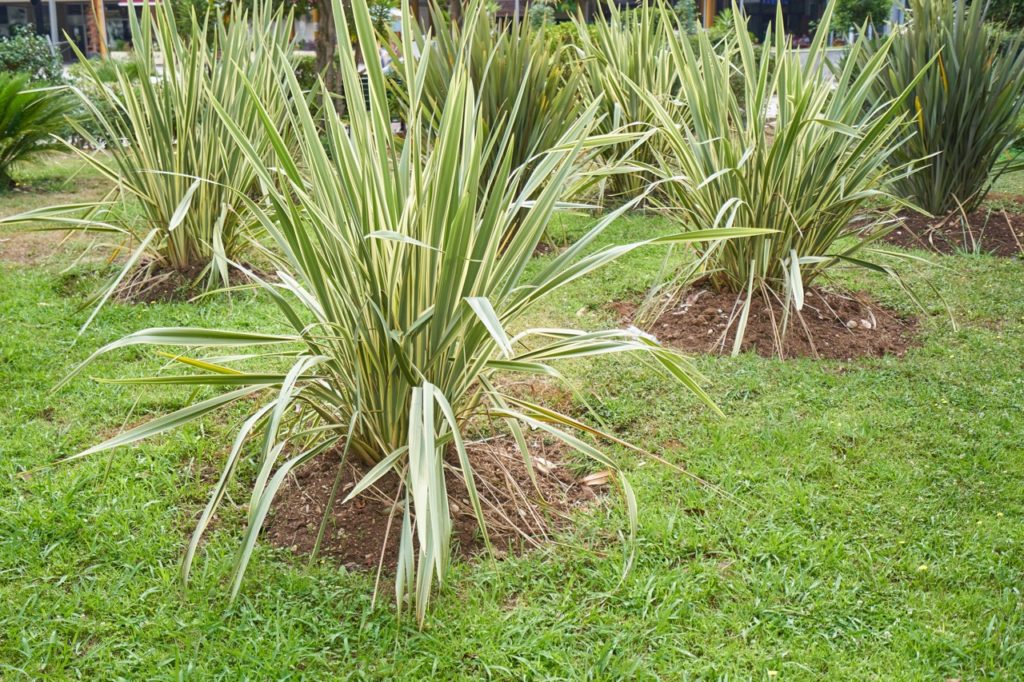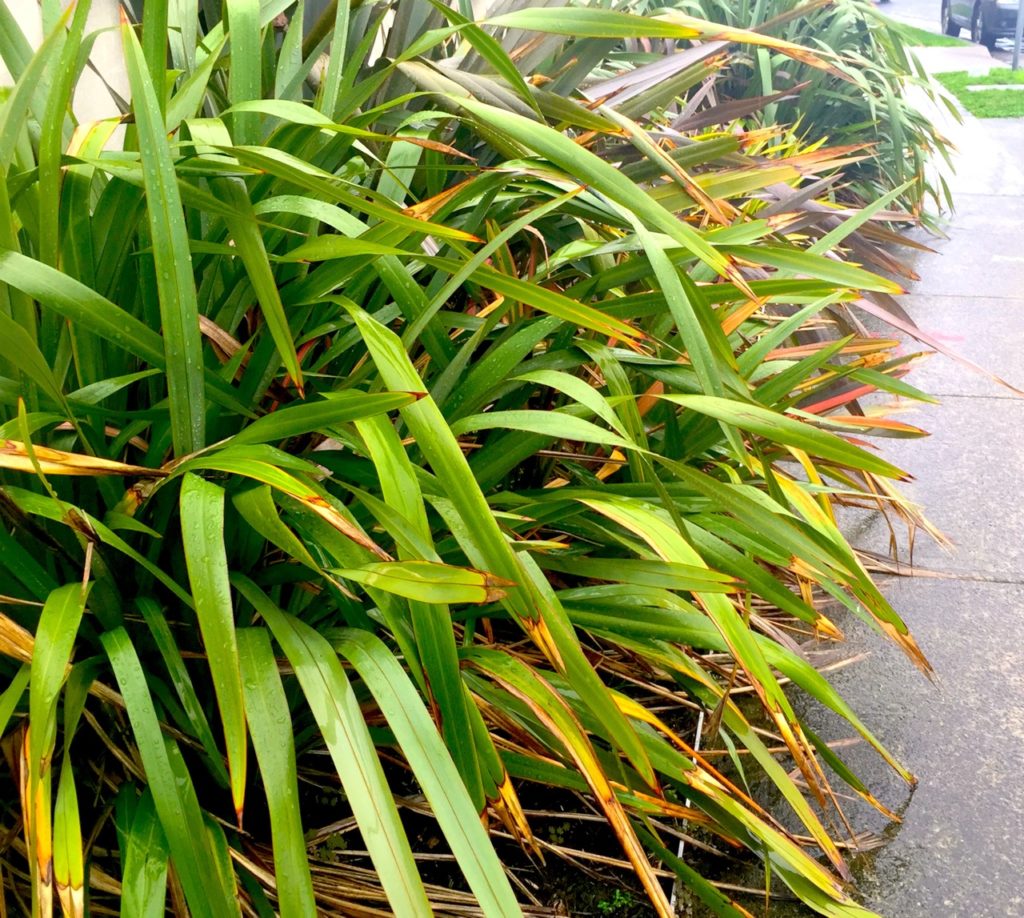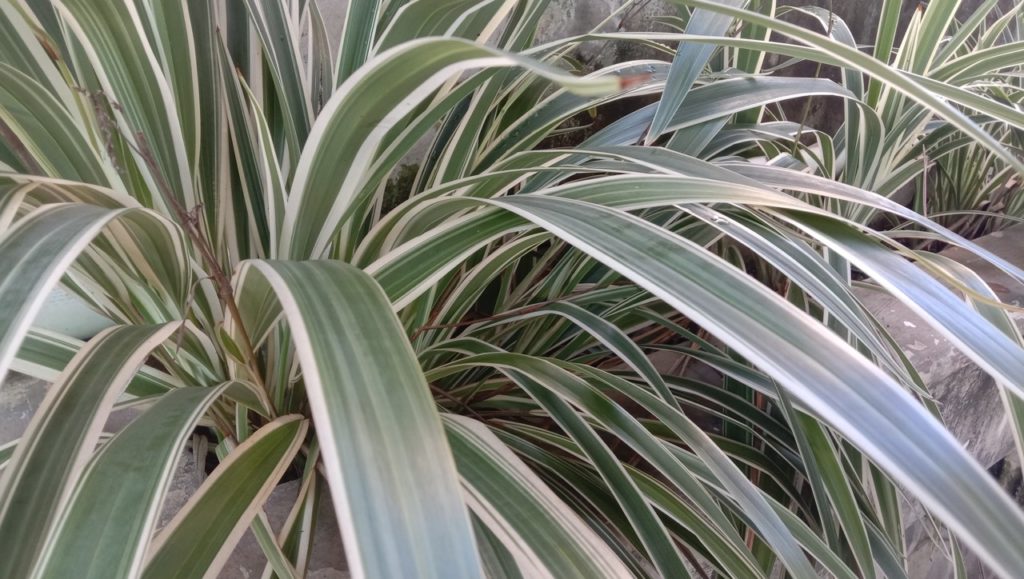Pruning Phormium Isn’t Strictly Necessary – But You Can Tidy Them Using These Tips

PERENNIALS > PHORMIUM > PRUNING

Elizabeth is a Permaculture Garden Designer, Sustainability Consultant and Professional Writer, working as an advocate for positive change. She graduated from the University of St. Andrews with an MA in English and Philosophy and obtained a Diploma in Applied Permaculture Design from the Permaculture Association.
Reviewed By COLIN SKELLY

Colin is a Horticulturist and Horticultural Consultant with experience in a range of practical and managerial roles across heritage, commercial and public horticulture. He holds the Royal Horticultural Society’s Master of Horticulture award and has a particular interest in horticultural ecology and naturalistic planting for habitat and climate resilience.
PHORMIUM GUIDES
Phormiums are interesting and dramatic foliage plants that can work well in many UK gardens.
They can be grown in the ground in an area of sun or partial shade with free-draining soil, but are popular for container growing in the UK.
Typically H4 hardy, they may need some winter protection in many parts of the UK, but are generally relatively easy, low-maintenance and trouble-free plants to grow.
Phormiums don’t really need to be pruned at all.
However, it is generally a good idea to give them a light tidy-up in the spring:
- Remove any dead or damaged leaves, cutting or pulling them off as close to the base as you can.
- Cut out any flowering stems if flowers have formed.
- Don’t prune plants that have become too large – divide them instead.
| Difficulty | Easy |
| Equipment Required | Secateurs or gardening knife |
| When To Prune | Spring |
When To Prune
The best time for a tidy-up is spring.

You might not need to do this every year, but each year, once spring arrives and when the weather is fine, give your plants the once over to see how they have fared over the winter months.
Look for any dead leaves and any leaves which have become damaged during winter storms, or due to winter frosts.
1) Remove Damaged Leaves
If you spot any leaves that look unhealthy, damaged or dead, simply pull these off, or cut them off as close to the base as possible.
Occasionally, you may find that a plant has been severely damaged, most commonly by frost.

Unfortunately, plants that have been severely frost-damaged won’t always recover, but it is worth a try to remove all the dead and damaged leaves and take good care of your plants.
Over the next few weeks, new growth may well emerge and your plant may begin to return to full health.
2) Cut Spent Flowers
If your plant flowered the previous year, there may also be flowering stems to remove.
These too you should cut off as low as possible, taking care not to do any damage to healthy surrounding leaves.
“For large Phormium tenax, the flower stem can be 2-3m in height and quite thick at the base,” says Master Horticulturist Colin Skelly.
“To remove these you will need some loppers or a hand saw. They do break down relatively quickly in a compost heap but cut into short sections for ease of management.”
3) Divide Large Plants
Pruning is not the way to reduce a phormium in size.
If you have a Phormium that has grown too large for its location in the garden or is getting too big for its container, then you might wonder how to reduce it in size.
Potting up may no longer be practical.

If so, you can divide the plant.
The division will allow you to obtain several smaller plants from one larger one and it will reduce congestion and prevent overcrowding in your garden, helping the health of the original plant as well as propagating more.
As you can tell from the above, pruning is not really something to worry about when growing Phormium in your garden, but do stay on top of the tidy-up to keep things looking good.
